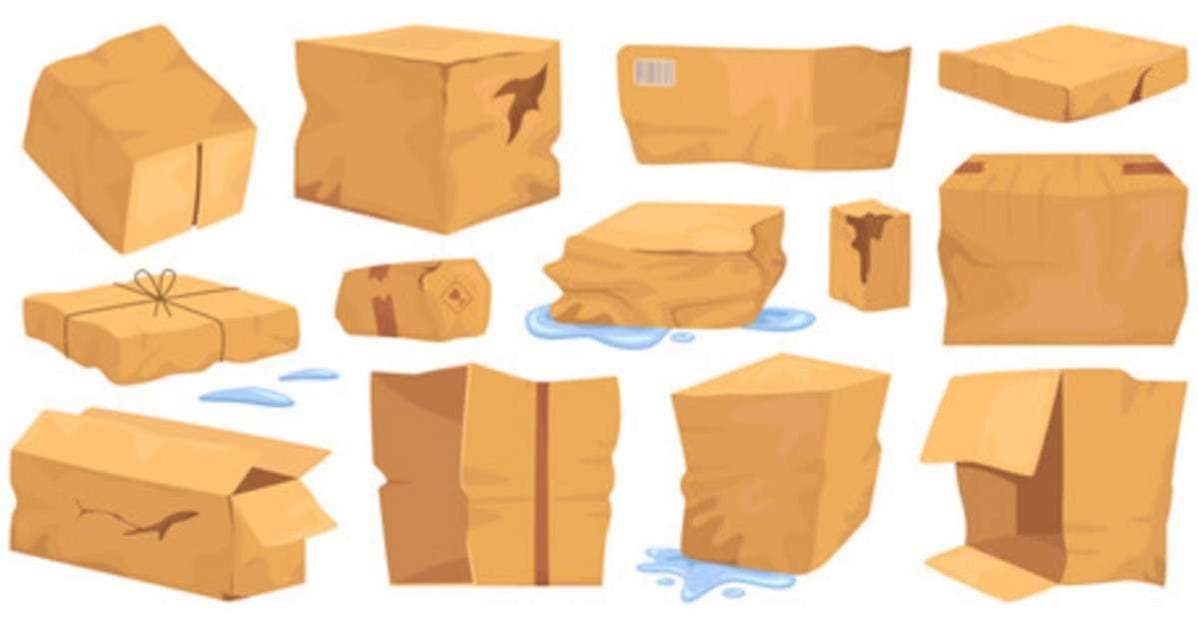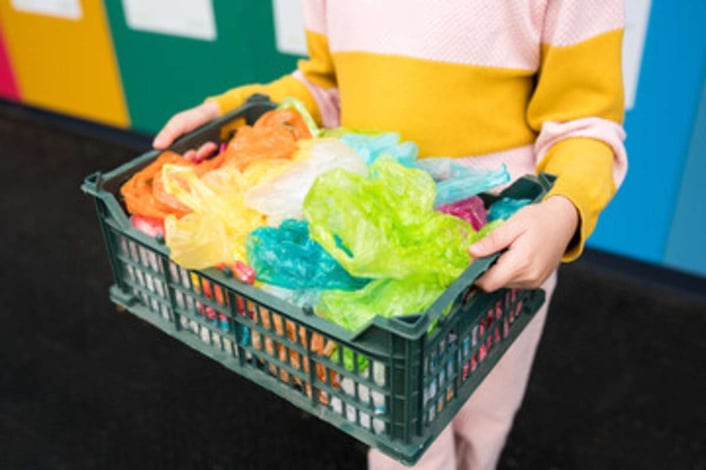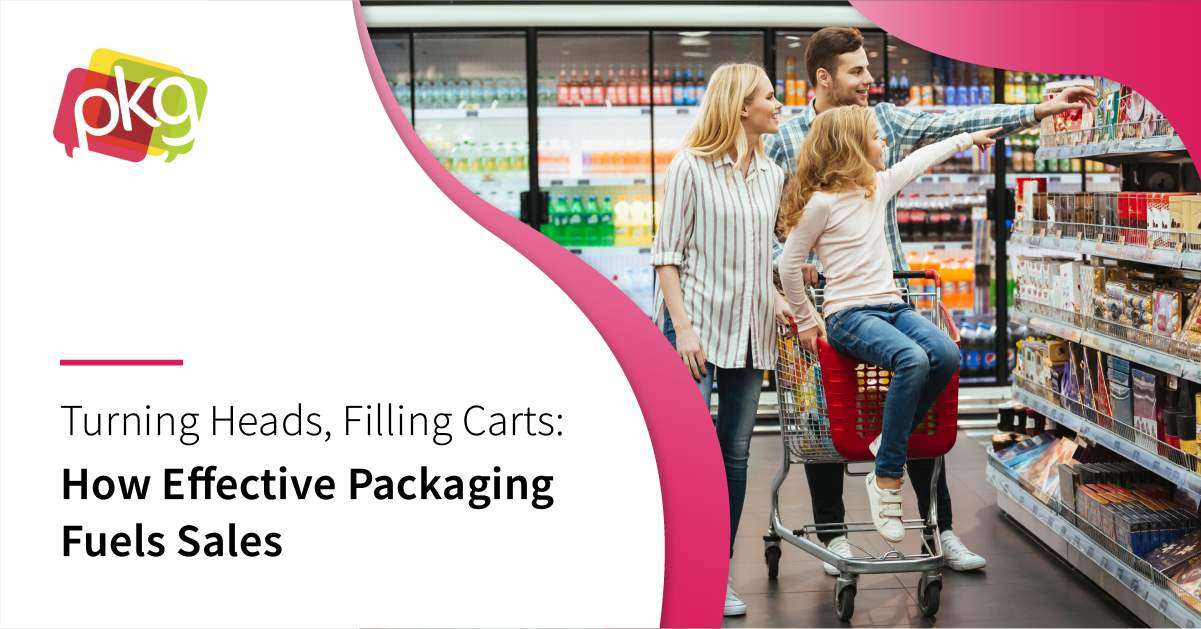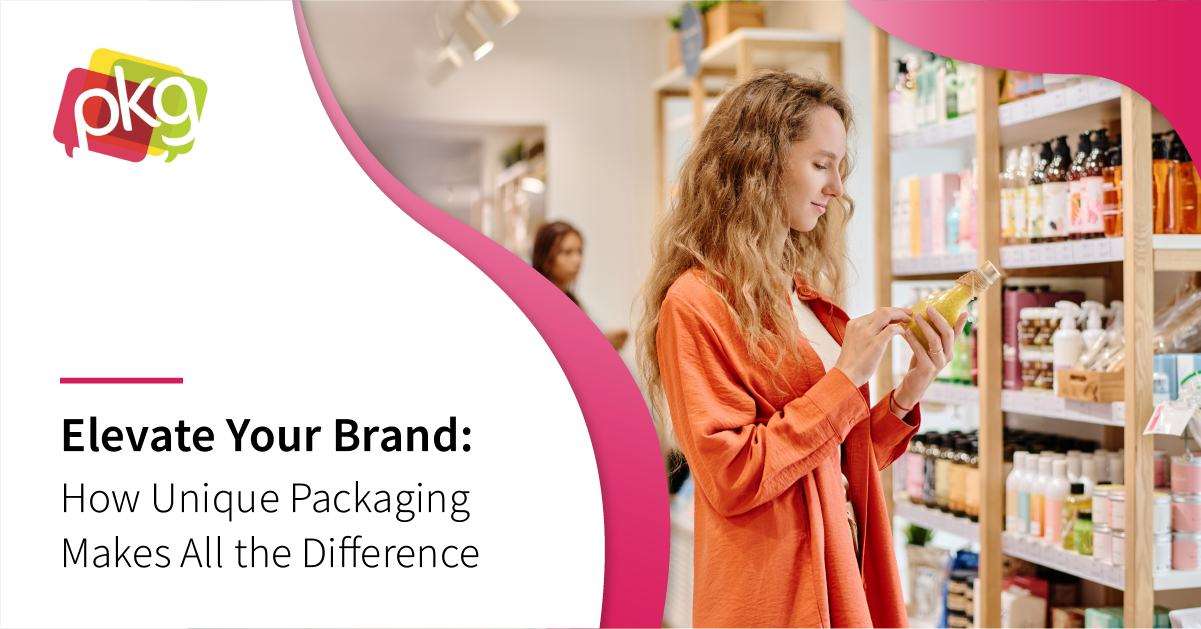 Food safety is about more than what ingredients are in the food. Consumers and brands alike are taking a hard look at chemicals and toxic substances in the CPG packaging.
Food safety is about more than what ingredients are in the food. Consumers and brands alike are taking a hard look at chemicals and toxic substances in the CPG packaging.
Today’s consumers want the convenience of food pickup or delivery. Per NRN.com, 51% of Americans choose delivery when ordering from casual restaurants, while 26% order delivery or carry-out at least once a week.
Food packaging design should be carefully selected based on materials. Here are some chemicals that could negatively affect your health and ways you can avoid them.
Carry-Out Containers
Plastic packaging can transfer harmful chemicals to the food inside. Cancer, obesity, and cardiovascular disease are just a few of the short-term and long-term effects of these chemicals.
Both plastic and some paper carry-out containers pose threats to consumers’ health. When hot food is put in the containers, chemicals seep into the food and are ingested. One example of this type of CPG packaging material is polystyrene, commonly known as Styrofoam.
Polystyrene is a carcinogen that poses harm to the environment. It has become such a problem that cities like San Francisco, New York, and Washington D.C. have banned Styrofoam to-go containers, coffee cups, and plates. More progressive establishments are choosing plant-based alternatives that are safer for consumers and the environment.
Many plastics and some paper takeout boxes, plates, and cups contain fluorine. This indicates they were most likely treated with a group of U.S. manufactured industrial chemicals called PFAS. Some deli and bakery papers also contain these chemicals. PFAS are known to cause immunological, reproductive, developmental, liver, and kidney issues when tested in labs. They may also cause thyroid disruption and low birth rates.
The safest types of carry-out boxes are white or brown paper containers made from 100% recycled paperboard. These include seals that indicate they're compostable.
Aluminum Cans
Many food items including pasta sauce, canned vegetables, and beer come in aluminum CPG packaging. This packaging design often contains linings made from bisphenol A (BPA), a plastic additive deemed safe by the Food and Drug Administration (FDA).
Some companies have ceased using BPA for baby bottles and formulas, but it's still used in food packaging and water bottles despite belief that it's linked to prostate and breast cancer along with other health issues. Rather than using aluminum cans, consider glass jars and other types of glass containers as alternatives.
3, 6, and 7 Plastics
Avoid using plastics in your packaging design that include the numbers 3, 6, and 7 in the recycling symbol. 3 plastics are typically used in carry-out containers and other products. It's made from polyvinyl chloride, which carries a concern it may release phthalates into food. Phthalates are chemicals that makes plastic malleable and they're relatively common.
Phthalates can disrupt hormones and promote childhood obesity and cardiovascular disease.
No. 6 is also found in carry-out boxes. When heated, this plastic can release styrene, which is linked to chronic tiredness and depression. When released in high doses, kidney issues can also occur.
No. 7 is frequently present in large water bottles. This plastic may contain BPA which, as previously discussed, may cause cancer and other disorders like infertility and metabolic disorders.
Rather than purchasing these plastics, consider other alternatives like containers made from paperboard and plastic products that have green ware or bio-based labels. Plant-based CPG packaging materials provide other great alternatives, though some of them are not entirely safe and still release harmful greenhouse gases when deposited in landfills.
Some materials, like plastics, can’t be recycled. Consider this when choosing your packaging design and selecting materials. More sustainable options may be available, which will be better for consumers' health and the environment.

Plastic Wrap
Plastic wrap is often used to package produce. While this may seem cleaner than using no packaging at all, this type of wrap may introduce chemicals that could seep into the fruits and vegetables.
This clingy or crinkly wrap can contain phthalates. Typically, plastic wraps are not marked with this data, which makes it hard to determine which chemicals they contain.
Instead of wrapping fruits and vegetables in plastic wrap, go with no CPG packaging. This is thought to be safer, and it enables consumers to inspect the produce more closely on supermarket shelves.
Paper Coffee Cups
Paper coffee cups may seem harmless, but many are coated in plastic to keep them from leaking. This means steam from hot drinks is mixing with the plastic. Plastic can leach chemicals when heated, so these cups make the drinks unsafe.
One way to protect consumers is to encourage them to bring their own tumblers to coffee shops. Other options include edible cups, which are generally made from chocolate, vanilla, or caramel-coated cookies that can withstand liquid and heat for up to an hour. This option is safe and tastes great.
Conclusion
Many Americans eat from carry-out CPG packaging on a regular basis. These containers are made from materials that include harmful chemicals like PFAS. Toxic Free Future reports that almost two-thirds of paper, carry-out containers have elevated fluorine levels, meaning they were likely treated with PFAS.
Other plastic and cardboard containers like cups and plates contain BPA and other harmful substances that can negatively affect consumers' health. Rather than choosing these packaging designs, consider others that are compostable and 100% recyclable.
Edible packaging is a great option for brands that are environmentally conscious. This sustainable CPG packaging is made from plant-based materials and can be eaten by consumers.
Before settling on a packaging design, research materials used in the CPG packaging you're considering. The more you know about how they might affect consumers, the better. Consumers make choices based on what’s important to them, so this is a great opportunity for your brand to show them how much your values align with theirs.
PKG Brand Design is always at the forefront of new CPG branding and packaging initiatives. Subscribe to our blog for the latest package design industry news!







